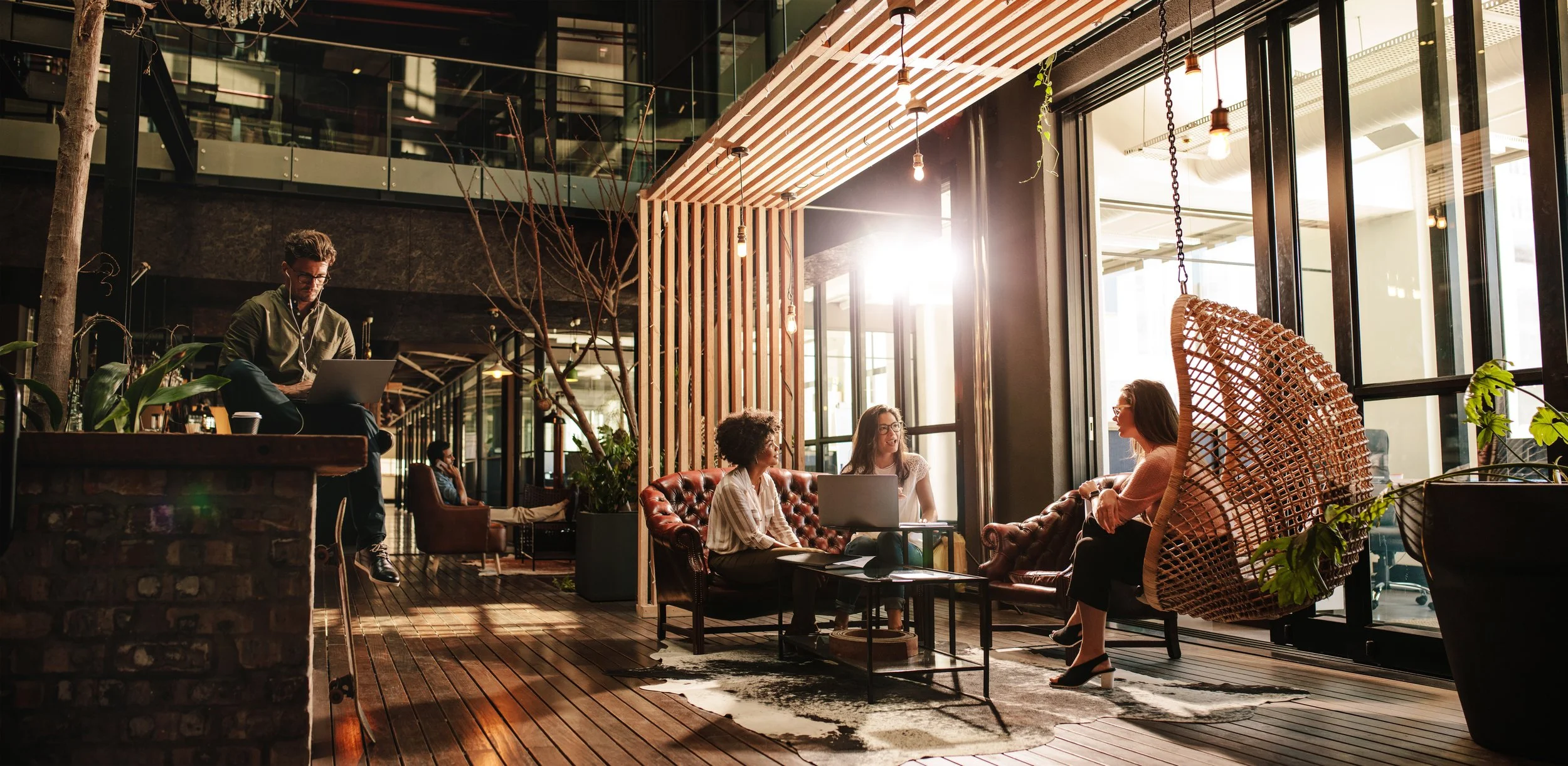Top Multi-Family Property Trends for 2025: What Gen Z and Millennials Want in Modern Rentals
Emerging Trends in Multi-Family Property Development: What Gen Z and Millennials Want in 2025 and Beyond
Top Multi-Family Property Trends for 2025: What Gen Z and Millennials Want in Modern Rentals by Blue Rabbit Group
Did you know that Gen Z is the only generation currently adding members to the rental households? As the Millennial Generation’s contribution to the rental market continues to wane, the time to fix your focus on future trends is now.
The Rise of Sustainable Living
Environmental Consciousness:
Although Millennials are more eco-conscious than their predecessors, they do not compare to the next generation of home renters. For reference, according to the Pew Research Center (2021), almost 70% of Gen Z believed climate should be a top priority vs 57% of Boomers. 70% is a big number and one that should cause developers to prioritize adding “green” features to their properties.
Certifications and Green Initiatives:
If you are adding Green features and initiatives to your property, make sure to highlight these features / initiatives throughout your design and to all your vacancy listing sites.
Here are some examples of Green things to consider:
Recycling Programs
Composting Programs
Energy Efficiency Appliances and lights
Energy Efficient Building Materials
Charging Stations for electric vehicles
Green (landscaping) spaces
Sustainable Materials
Community Garden
Programmable Thermostats
The Demand for Smart Home Technology
Integration of Smart Home Features:
Millennials and Gen Z are the first generations to grow up in the technology era. Modern technology in rental properties is becoming more of a “must-have” vs a nice to have.
These technology features do not have to be overdone though. Try adding smart home features that align with the green features (like programmable thermostats) and flexible solutions that make modern living, which often includes travel and changing schedules, easier to manage.
Connectivity and Convenience:
Today’s renters typically utilize the internet for all of their daily activities from work, to social engagement, streaming services, doctor appointments, and research. If high speed internet was not a priority before, it is now.
Flexibility
Adaptable Floor Plans:
The home is now also the workspace for today’s renters. Having flexible solutions for living and working is imperative to having long-term tenants and low vacancy rates.
Co-Living and Shared Amenities:
Although renters are utilizing the home for more things, they are not opting for larger apartments - this is due to the high cost of rent. Renters are more interested in achieving a lower rental rate through efficiently designed apartments or through shared tenancy.
Providing things like roommate screening and flexible leasing to accommodate roommates allows renters to feel confident about moving in without worrying about managing a lease for two. This can be accomplished through co-living spaces shared by multiple tenants on a floor.
Lease Term Flexibility
Renters are less sure of their future plans which makes them less likely to want to secure a longer term lease. Providing some units with flexible lease terms allows for tenants to adjust to the ever changing demands on their work and life situations.
Prioritization of Health and Wellness
Wellness-Oriented Amenities:
Gen Z grew into early adulthood through a pandemic. They, along with millennials, are spending more time and money focused on physical and mental health. Incorporating wellness into design and color choices can create a zen that draws in long-term, happy tenants. Consider adding biophilic design - bringing nature into living spaces to enhance the wellness design while improving the air quality for your tenants.
Mental Health and Community Building:
Along the same lines, this next generation has been isolated through technology and a pandemic. The desire for community as a means of contributing to mental health is strong in the next generation of renters. Great ways of doing this include properties that support local businesses and “give-back” programs that allow residents to come together to support one another and their broader community.

